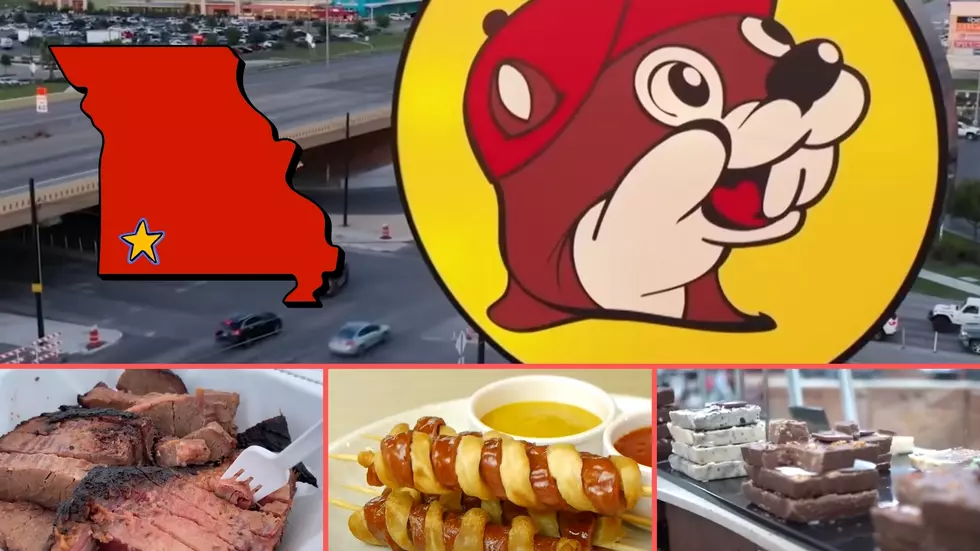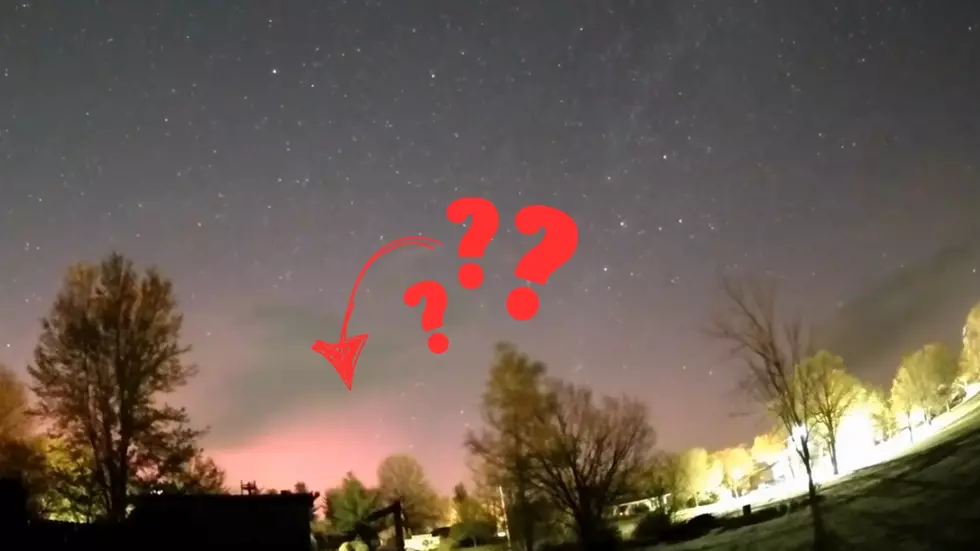
Pastures Short? Plant Cereal Grains
COLUMBIA, Mo. – Beef herd owners short on pastures for their cows can provide fall grazing by planting cereal grains, says a University of Missouri plant scientist.
“Drought has dried up pastures and I’m getting a lot of calls about what to do,” says Rob Kallenbach, MU Extension forage specialist.
“Cereal oats, rye or wheat can supply needed pasture this fall if the seed is planted and rains return,” Kallenbach says. “If it doesn’t rain, we won’t have any fall pasture. Nothing grows in the middle of drought.”
Not many people plant oats, Kallenbach admits. But oats make a lot of sense for this fall. They can make heavy fall growth—up to two tons of forage per acre before frost.
“The thing about oats is they will not make it through the winter. That can be good or bad. For crop farmers, oats fit into a crop rotation,” Kallenbach says. Oats can be seeded into harvested soybean fields or corn fields cut for silage. The big advantage is they will be gone in time to plant a spring crop. They won’t become a weed to be controlled.
An advantage of planting an annual cereal grass this fall will be that any forage will be worth a lot of money, Kallenbach says. Hay will be high-priced after a drought year.
Fall grazing can reduce winter feed costs for cow-herd owners.
A second grazing option is cereal rye, which provides both fall grazing and another month of grazing next spring. Rye can provide livestock feed before traditional perennial pasture grasses green up next spring.
Rye won’t make as much fall grazing as quickly as oats, Kallenbach says. It can provide about 1.5 tons per acre, however.
“That can help reduce winter feed bills,” Kallenbach says. “The downside for crop farmers is that rye must be killed before corn or soybeans can be planted next spring.
“The most widely used cereal for winter grazing is wheat. Lots of cattle are grazed on winter wheat, especially in Kansas.”
An advantage of wheat is that it can be grazed in both fall and spring, but still make a grain crop. However, cattle must be pulled off wheat fields before the crop begins to joint. That is when the cereal grass prepares to make seed heads.
Managed right, wheat can provide tons of forage and a full grain crop. Wheat fits into a rotation of grazing, wheat-grain harvest and a late-planted soybean crop.
That means cattle must have other pastures to go to by mid-March.
Few people pull cattle off rye to allow it to make grain. Unlike wheat, there is not much market for rye grain, Kallenbach says.
The drought provides renewed interest in oats. We don’t have any recommended varieties of oats, Kallenbach says. Seed dealers can clean and sell feed oats for planting.
Cereal grains for forage fit easiest on crop ground. While cereals can be drilled into dead or dormant pastures, some cautions are in order, Kallenbach says.
Cereal forage will work in about any pasture grass or legume, except old stands of tall fescue.
Fescue, in particular Kentucky 31 infected with endophyte fungus, may appear dead, but most likely it is not. Annual grass seed planted into a fescue pasture will likely be overwhelmed by rapid regrowth of fescue once rain returns. Cereal seed won’t germinate until it rains. That rain will give fescue a jump-start.
“An endophyte-infected fescue pasture has probably been there for 40 years, through several bad droughts,” Kallenbach says. “Fescue survives. You can hardly kill it. The annual grasses can’t compete.”
However, fescue can be sprayed with an herbicide and then replaced with an annual grass. But that is a yearlong process called spray-smother-spray used to seed new, nontoxic fescue varieties.
“That is a whole different story,” the forage specialist says.
More From KHMO-AM 1070, News-Talk-Sports









